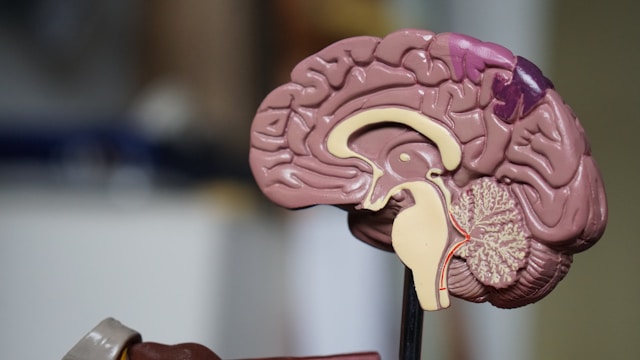One of life’s biggest mysteries is what goes on in the brain, be it of humans, animals, and even insects. As it stands, the mystery looks set to continue as scientists in a new study have concluded that delicate balance exists in the brains of most organisms.
A study published in Communications Physics affirms that the brain exists in a critical state similar to how water can transition from one state to another. It is at the critical point whereby the brains of humans, animals, and even insects tend to exhibit complex patterns and behaviors that are unique to each creature.
Brain Structure Critical Point
Scientist István Kovács and researcher Ansell found that every brain sample examined exhibits uniform critical exponents. This indicates that they all possess identical quantitative characteristics known as “criticality,” which marks the transition from one state to another in a physical entity.
The discoveries might shed light on the reason why the brains of various species adhere to similar basic laws. “These observations are observed across all critical systems in physics,” explains physicist István Kovács. “It appears that the brain is maintained in a fine equilibrium between two states.”
The findings come from the physics analysis of the brain cells of humans, mice, and even some flies upon which they discovered the critical state balance. What the study clearly shows is that regardless of organism, they all share universal principles that govern their structural complexity. What is clear is that it is difficult to know the exact phases in which a brain is likely to transition from the critical point.
Nevertheless, what is clear is that different brains tend to have structural patterns that include fractal-like neuron shapes that look similar regardless of organism at various scales. Consequently, brains reside in a balanced critical state where they can process information.
The results suggest a deep-rooted simplification concept at the heart of the complexity of the brain. Verification might result in the creation of generative computational models that encapsulate the biological principles governing brain structure – similar to nurturing a seed to develop brain-like networks and trees, adhering to basic growth principles.


